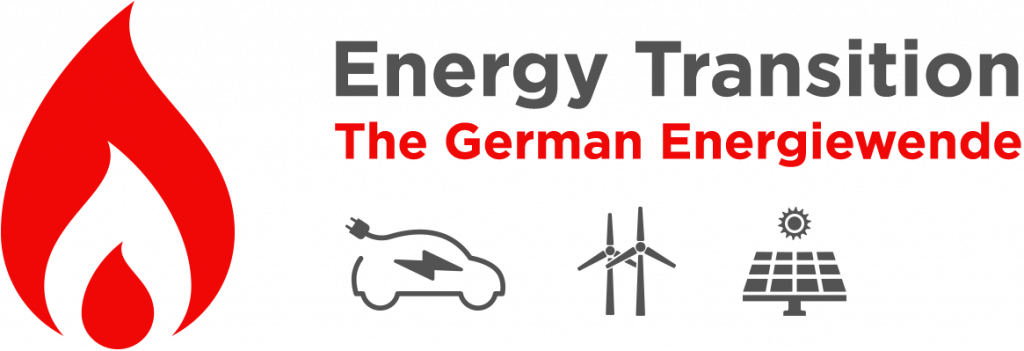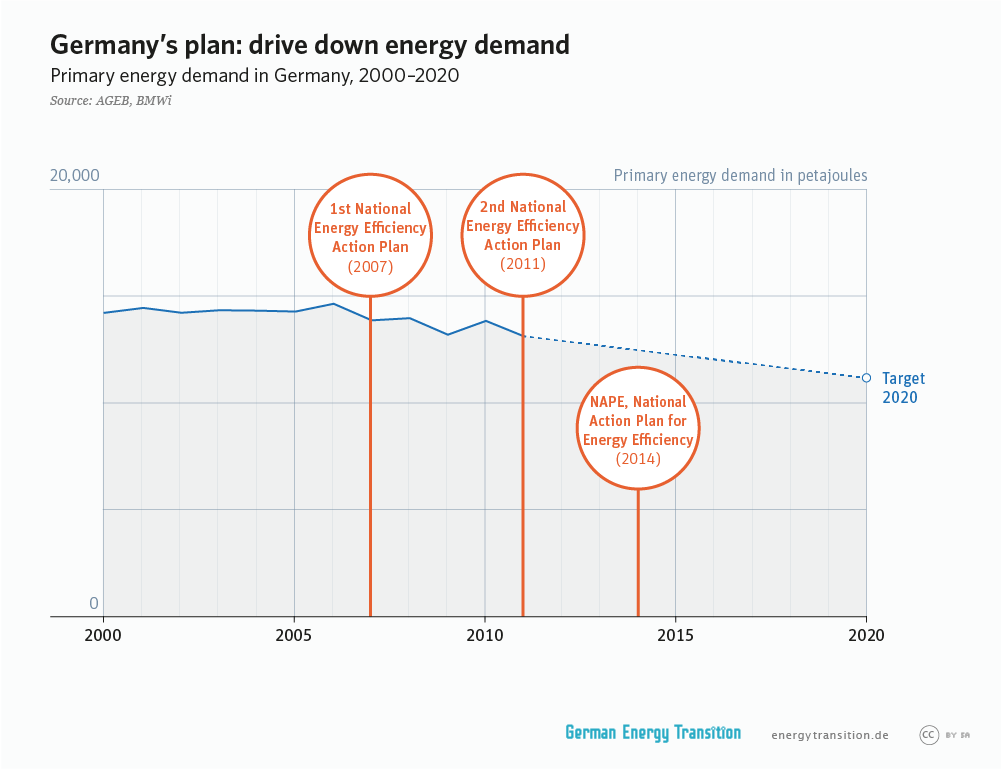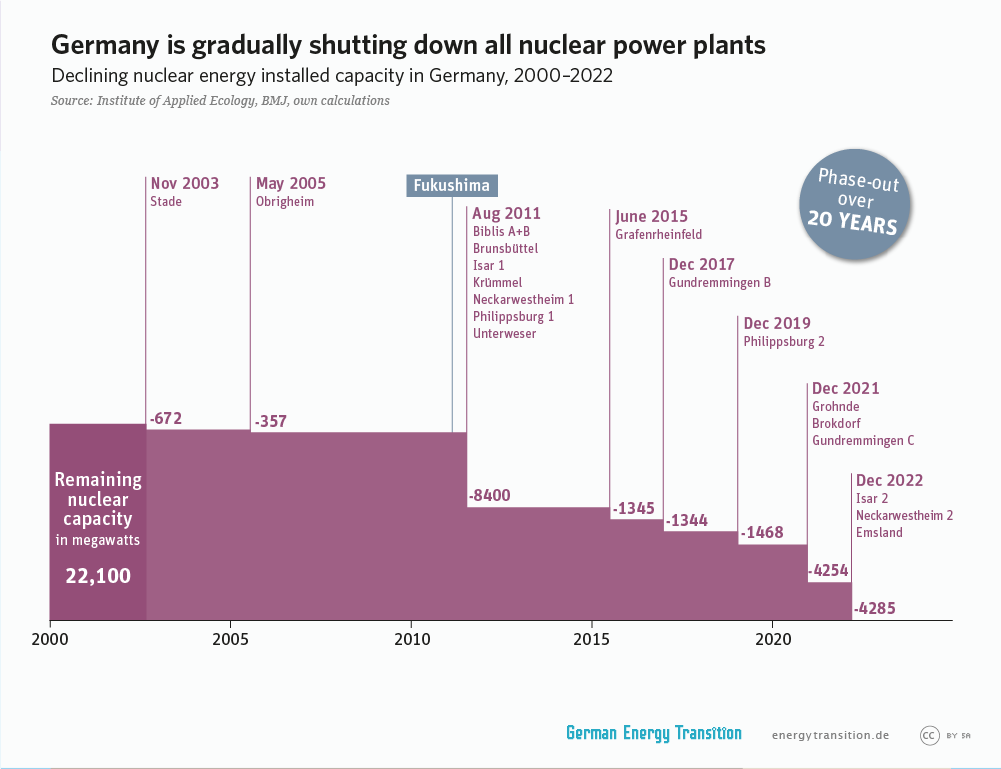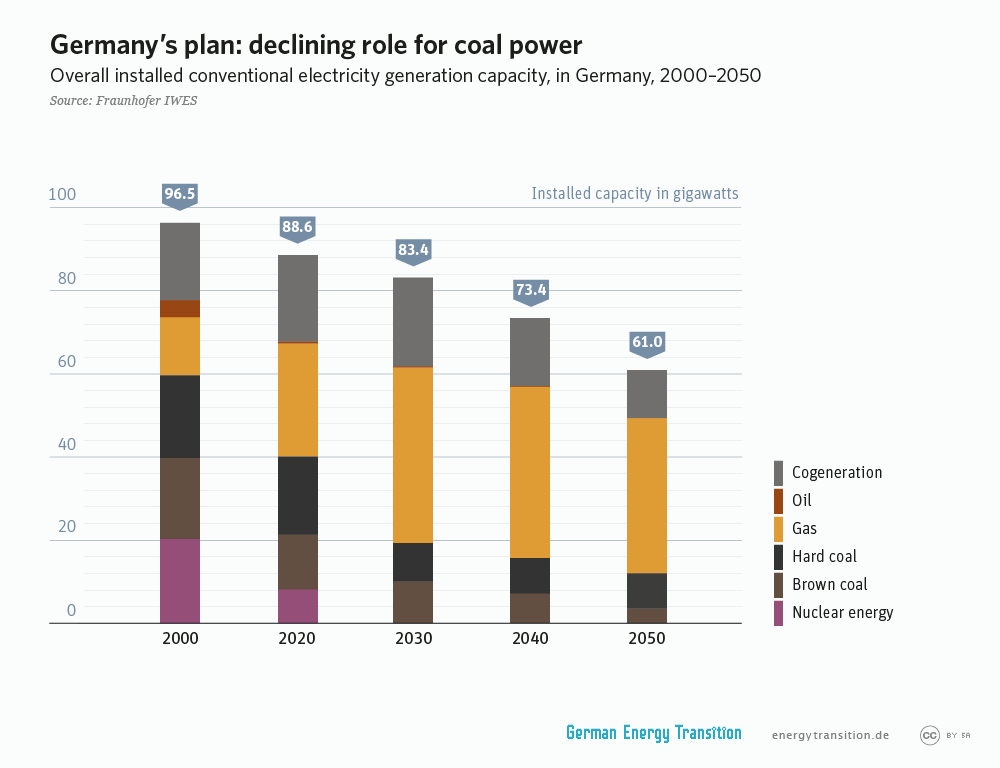Germany’s hydrocarbon industry is one of the oldest in the world with an oil well drilled in the Weitzer Oil Field in Lower Saxony commencing production before 1860. Vermilion is proud to be a part of this important Germany industry and its extensive heritage. We believe that by investing in the production of locally sourced German natural gas we can help reduce CO2 emissions, create German jobs, reduce energy imports improving energy security and benefit the German economy.
In 2014, country-wide natural gas production was approximately 26,100 103m3/d (972 mmcf/d) and consumption was approximately 201,342 103m3/d (7,500 mmcf/d) (2014 data source: www.eia.gov). Accordingly, Germany relies heavily on imported natural gas with a significant component of that imported gas coming from Russia.
Historically, approximately 97% of Germany’s onshore production of oil and gas has been produced from the North German basin located in the northwest part of the country.

Today, Energiewende is the term used to describe the German federal government’s plan to transition from its reliance on nuclear and coal toward an energy portfolio dominated by renewables and supported by improved energy efficiency. Energiewende represents a significant change in energy policy involving a reorientation of government policy from demand to supply and a shift from centralized to distributed generation.
The success of the Energiewende is dependent on Germany meaningfully decreasing overall energy consumption by 2050. While policies to improve efficiency have been enacted, they have often fallen short of their intended goals. Although many associate the Energiewende with the switch from nuclear and coal power to renewables, achieving a sustainable future based on renewables will only be possible with significantly lower energy consumption (see diagrams).
The phase-out of nuclear powered energy is a central part of Germany’s Energiewende. In 2022, the last nuclear plant in Germany is scheduled to be shut down. At the beginning of 2011, 17 were in operation and in early 2015, nine were still online. The country plans to fill the gap resulting from the elimination of nuclear power with electricity generated from renewables, power from natural gas turbines, reducing power consumption through efficiency and conservation, demand management, and in the interim, its existing fleet of conventional power plants, including coal-fired plants.
Through our investment in the development and production of German natural gas, we believe that Vermilion can play an important role in helping Germany to meet several key objectives of the Energiewende:
When Germany resolved to shut down eight of its 17 nuclear plants in 2011 and phase out the remainder of the existing nuclear plants by 2022, there was concern that coal power would be ramped up to fill the gap left behind by nuclear. However, to meet its longer term climate targets, Germany intends to significantly reduce the amount of electricity generated from coal with increasing reliance on natural gas to fill the gap.
While it is clear that intermittent solar and wind power will eventually form a substantial portion of the base load electricity in Germany, the switch to renewable electricity will be technically challenging. This is because solar and wind power are not dispatchable, meaning that wind turbines and solar panels cannot be turned on to match demand in the same way that supply can be ramped up from coal and nuclear plants. In addition, renewables such as solar and wind cannot contribute to meeting demand when the sun is not shining or no wind is blowing.
Natural gas powered turbines are an ideal source of power generation to fill any gaps in Germany’s renewables based power supply. Unlike coal fired power plants, natural gas fired power plants are able to ramp up and down to meet demand requirements. Supplanting coal with natural gas also support’s Germany’s climate targets as only about half as much carbon is emitted when natural gas is burned versus hard coal while lignite, which is used intensively in Germany in large quantities, is three times more carbon intensive than natural gas. Accordingly, Germany’s energy plan calls for the increased use of natural gas as a bridge fuel (to be eventually replaced by sustainable biogas and hydrogen made from excess wind power and solar power) to complement renewables in meeting the country’s fluctuating power demands. In addition, natural gas requires no additional transmission infrastructure and would allow energy to be stored seasonally.
Natural gas is expected to be used as a bridge fuel for several decades until achievement of a fully renewables powered future is economically and technologically feasible.
Vermilion’s efforts to increase Germany’s domestic natural gas production helps to reduce energy imports thereby improving our country’s energy security. Currently, Germany only produces around 15% of its natural gas demand domestically and as a result, is the largest importer of natural gas in western Europe. Of greater concern, approximately 40% of Germany’s imported gas volumes annually originate from Russia. (Gazprom Germany data) The more energy a country can produce from within its own borders, the less vulnerable it is to potential political disruptions and to political influence from abroad.
The oil and gas industry is highly technical and therefore Vermilion invests heavily in the professional development of its people. Our activities within the country provide a broad array of well-paid opportunities for German workers and support technological innovation.
There are numerous jobs related to exploration and production of oil and natural gas. In addition to the staff employed directly by Vermilion within Germany, we support many more full-time German jobs indirectly through our non-operated interest in assets in Germany in addition to the temporary project and construction work associated with our activities. In addition, companies engaged in oil and gas production pay royalties and taxes to various governments.





